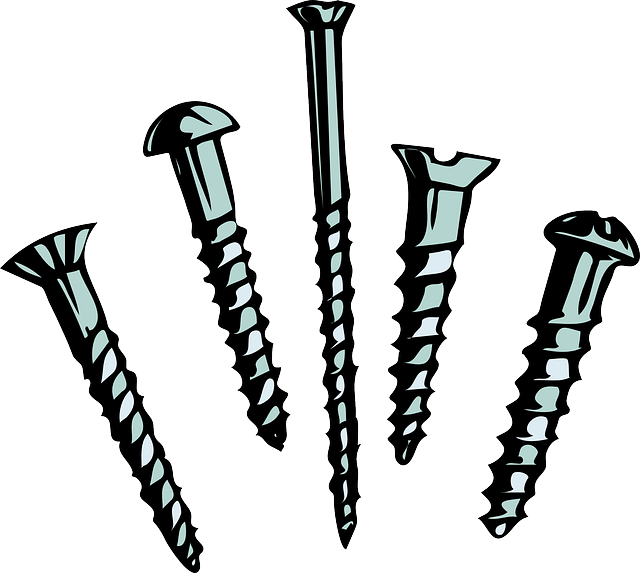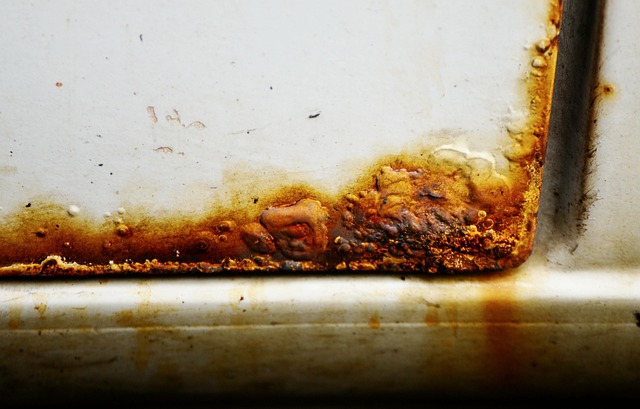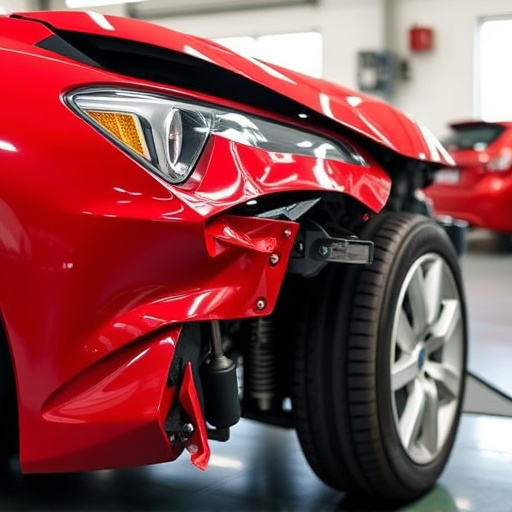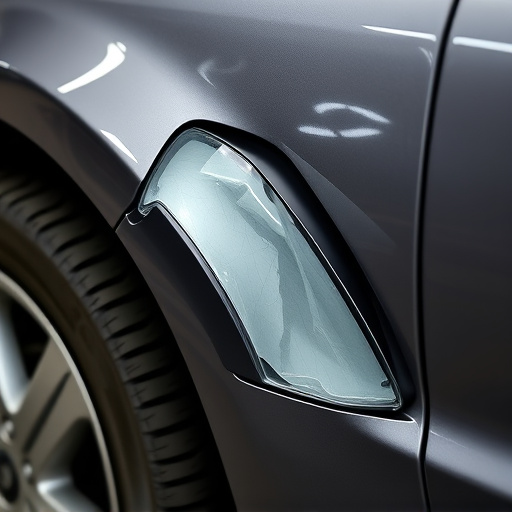Axle repair after an accident is crucial for fleet safety and performance. Hidden damage like bent components and damaged bearings require specialized tools and expertise for diagnosis and fix. Regular inspections and proactive maintenance prevent minor wear from escalating to costly repairs. Advanced diagnostic tools streamline detection, enhancing fleet safety and operational efficiency.
After a collision, fleet managers face the daunting task of repairing damaged vehicles, including critical components like axles. This article explores the intricacies of axle repair post-accident, focusing on effective strategies for fleet maintenance. We delve into understanding common types of axle damage, providing step-by-step repair guides for efficient operations. Additionally, we offer insights on integrating proactive axle maintenance into fleet upkeep plans to prevent future disruptions and ensure safe, reliable vehicle performance.
- Understanding Axle Damage in Fleet Vehicles After Accidents
- Essential Steps for Efficient Axle Repair Post-Collision
- Strategies to Incorporate Axle Maintenance into Fleet Upkeep Plans
Understanding Axle Damage in Fleet Vehicles After Accidents
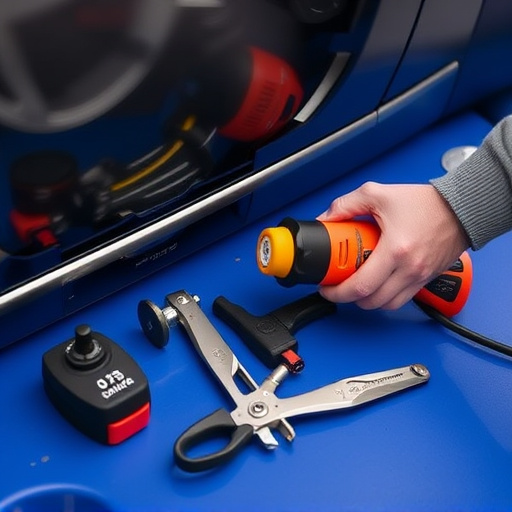
After a crash, fleet vehicles often sustain significant damage, with axles being particularly vulnerable. Axle repair after an accident is crucial for ensuring safe and reliable operation. Different types of axle damage can occur, from bent or broken components to damaged bearings and seals. Identifying these issues promptly is essential as neglecting axle repairs can lead to further complications, affecting both vehicle performance and safety.
Proper fleet maintenance plans should include regular inspections to identify early signs of axle wear and tear, which can often be overlooked during routine checks due to their hidden nature beneath the vehicle’s body. Collision repair services specializing in axle repair are equipped with the expertise and tools needed to diagnose and fix these problems. Additionally, vehicle paint repair and vehicle dent repair might also be necessary alongside axle repair to restore the vehicle to its pre-accident condition, ensuring a safe return to service for your fleet.
Essential Steps for Efficient Axle Repair Post-Collision
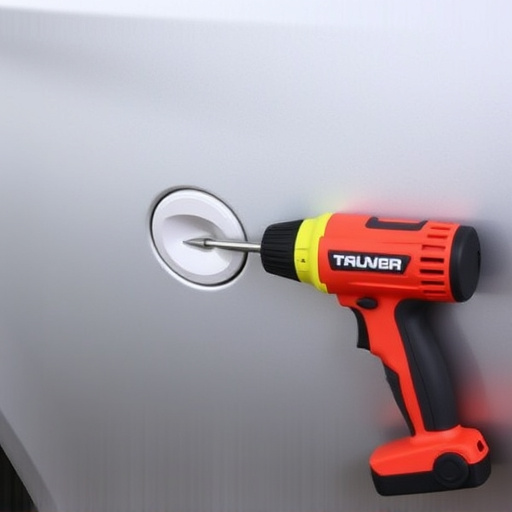
After a collision, proper axle repair is crucial for safe and reliable vehicle operation. The first step in efficient axle repair after an accident involves assessing the extent of damage. This includes examining the axle for bends, cracks, or severe deformation. Advanced diagnostic tools can help identify issues that may not be immediately apparent to untrained eyes. Once the damage is accurately determined, specialized parts are sourced and prepared for replacement. Using genuine OEM (Original Equipment Manufacturer) components ensures a seamless fit and optimal performance.
The actual repair process demands skill and precision. Skilled technicians use advanced techniques to straighten axles and replace damaged sections. This might involve welding, machining, or utilizing specialized machinery designed for axle restoration. Following the repair, a test drive is essential to verify the vehicle’s handling and stability. In cases where significant structural damage has occurred, it’s recommended to consult with a reputable vehicle body shop that offers comprehensive car paint services for luxury vehicles as well. This ensures not just functional repair but also aesthetic restoration to match the vehicle’s pre-accident condition.
Strategies to Incorporate Axle Maintenance into Fleet Upkeep Plans
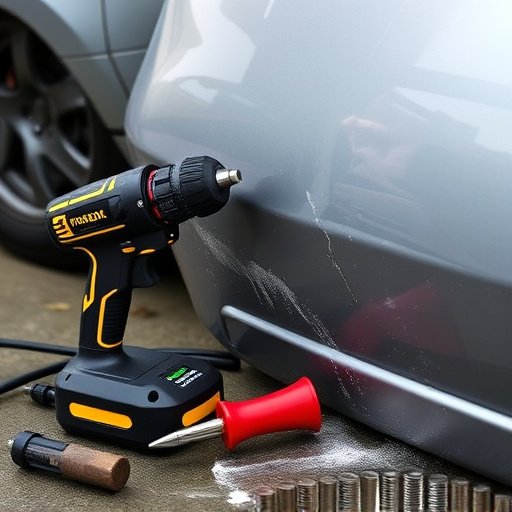
Incorporating axle maintenance into fleet upkeep plans is a proactive approach to mitigating the risks associated with axle repair after an accident. One effective strategy is to schedule regular, preventive inspections tailored to each vehicle’s usage and age. These checks can identify potential issues early on, allowing for minor repairs before they escalate into costly and time-consuming auto body repairs. For instance, regularly checking axle bearings, seals, and components during routine maintenance can prevent severe damage caused by ignored wear and tear.
Additionally, fleet managers should prioritize training drivers on defensive driving techniques to minimize vehicle collisions, a leading cause of axle damage. Equipping drivers with knowledge about safe operating practices and emergency handling can significantly reduce the likelihood of accidents. Furthermore, utilizing advanced diagnostic tools for Mercedes-Benz repair and other makes can streamline the detection process, ensuring that every fleet vehicle receives prompt attention for any axle-related anomalies, thereby enhancing overall fleet safety and operational efficiency.
After an accident, proper axle repair is crucial for maintaining fleet vehicles’ safety and efficiency. By understanding common axle damage and implementing efficient repair strategies, fleet managers can ensure swift restoration and enhanced vehicle longevity. Integrating regular axle maintenance into fleet upkeep plans can significantly reduce downtime, lower costs, and optimize overall performance, making it a key element in any comprehensive maintenance strategy.
